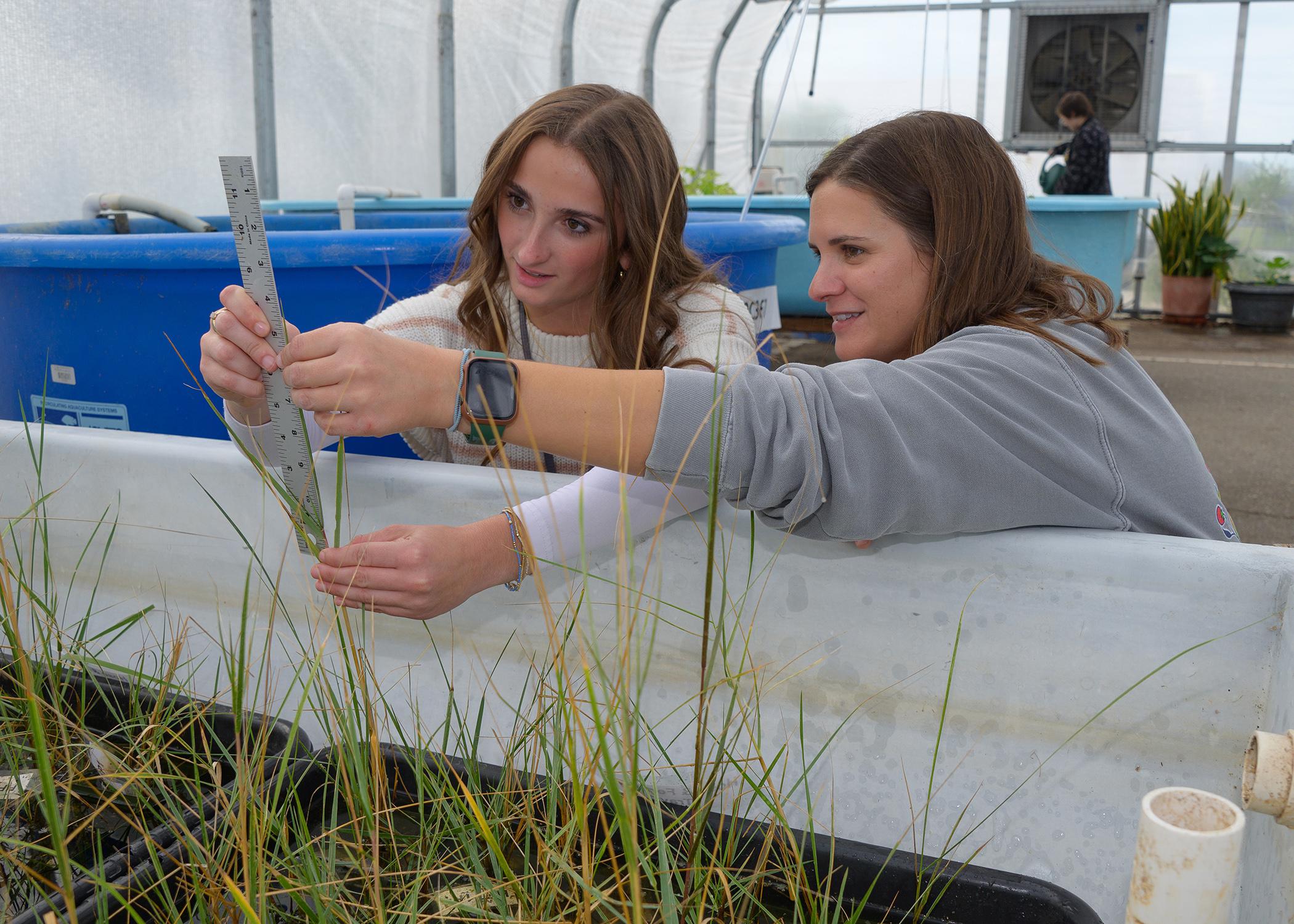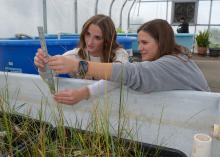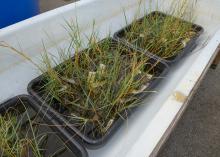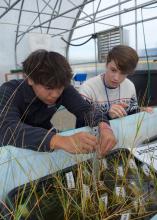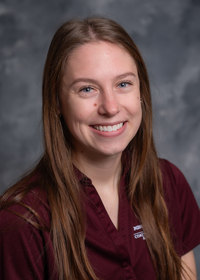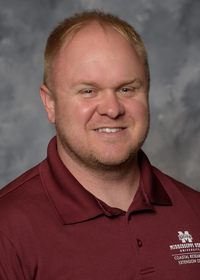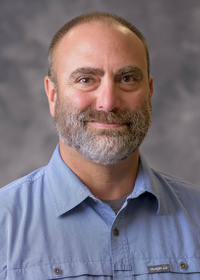Native Plant Producer Network aids shorelines
BILOXI, Miss. -- Coastal wetland conservation and restoration projects along the Mississippi Gulf Coast and beyond are running into a distinct challenge: there often aren’t enough locally sourced native plants readily available to complete these efforts.
The Mississippi State University Extension Service is meeting this problem head-on by enlisting plant enthusiasts to grow and sell these marsh plants. The effort is organized as the Native Plant Producer Network, or NPPN, and it was started in 2023.
Kaitlyn Mitchell, an Extension associate with MSU’s Coastal Research and Extension Center in Biloxi, explained the goal.
“There is presently a disconnect in the increasing demand for restoration projects and the lower supply of wetland plants, and this makes it difficult to complete the projects in a streamlined manner,” Mitchell said. “NPPN is aimed at building a network of native plant producers for local living shoreline restoration projects.”
Living shorelines are a type of coastal wetland conservation and restoration project. They have gained popularity in recent years as a natural way to combat erosion rather than installing a hardened structure like a bulkhead. These shorelines use native plants to secure the soil in place with their extensive root systems, returning these portions of the shoreline to their natural state.
“Many shoreline protection projects along the Gulf Coast have turned to natural solutions, but there is a shortage of the needed plants,” Mitchell said.
Unlike many large-scale planting projects that rely on local suppliers for trees, shrubs or sod, those needing marsh plants have very few places to turn. So MSU Extension stepped in with the NPPN to try to make a difference by increasing the number of people growing native grasses for sale.
Participants in the native plant network are growing Juncus roemerianus, or black needle rush, and Spartina alterniflora, or smooth cordgrass, two dominant species of marsh grasses naturally found on the coastline. To date, four homeowners and seven schools have started growing these plants. Several other individuals or groups have also expressed interest in joining the network.
Cher Griffin teaches Aquaculture 1 and 2 at Ocean Springs High School. Aquaculture 2 is a year-long class where students grow cordgrass. The school received its first plants this September.
“We have two large plant troughs holding our marsh plants. These plant troughs are housed in two different greenhouses, which also contain our fish,” Griffin said. “We have set up a small experiment in which each trough is receiving different nutrient sources.
“One is receiving fertilizer and the other fish water. The students are monitoring growth through measuring height and density,” she said.
Getting the students interested in the project has been easy, Griffin said, as students are happy to be involved in a non-traditional class with a lot of activity. This project requires daily and weekly greenhouse maintenance.
“The goal of this class is to give the students more experience in hands-on research and conservation, so that if they choose this as a career or education path, they are well equipped,” Griffin said.
At Picayune Memorial High School, Carmen Herrington has 38 students in an Environmental Science Club who have been growing these native shoreline grasses since September.
“The goal of the project is to support the interests of students in this area and to expose them to people who have degrees that they are interested in pursuing,” Herrington said. “This project also allows students to experiment, and four will be able to present their research at the Bays and Bayous Symposium in 2026.”
Herrington said most of the students in the club plan to major in environmental science, and interest in coastal research is high.
Mitchell said the MSU Extension office in Biloxi is uniquely situated to help with living shoreline restoration efforts. Staff are currently involved in numerous small-scale restoration efforts with property owners and know the challenges of finding the plants needed.
“Growing these plants can be challenging,” Mitchell said. “You have to have permits to collect the seeds, and then you have to have the space and water to care for them. Our certification also allows us to sell these plants to contractors for installation.”
When transplanted into a living shoreline, these grasses are often set out at the rate of two to four plants per square foot. One project can demand a few thousand plants, and not many nurseries on the Coast supply them.
“That’s how the Native Plant Producer Network came to be, as we noticed this huge demand for native plants,” she said. “Right now, what our network is producing is still a drop in the bucket, but if we continue to increase at the level that we are, I fully believe this project could begin to meet actual, large-scale needs.”
The demand for the establishment of living shorelines rather than manmade structures on the miles of bayous and coastline in Mississippi and Alabama is growing annually.
Mitchell said in 2019, MSU Extension fielded nine requests for living shoreline assessment assistance. There were 20 requests in 2020, and then interest expanded rapidly. This year, Mitchell’s office received 84 requests for living shoreline assessment assistance by November and anticipates more than 100 before the end of the year.
For more information about establishing a living shoreline or how to participate in the Native Plant Producer Network, contact Mitchell at or 662-268-7860.

